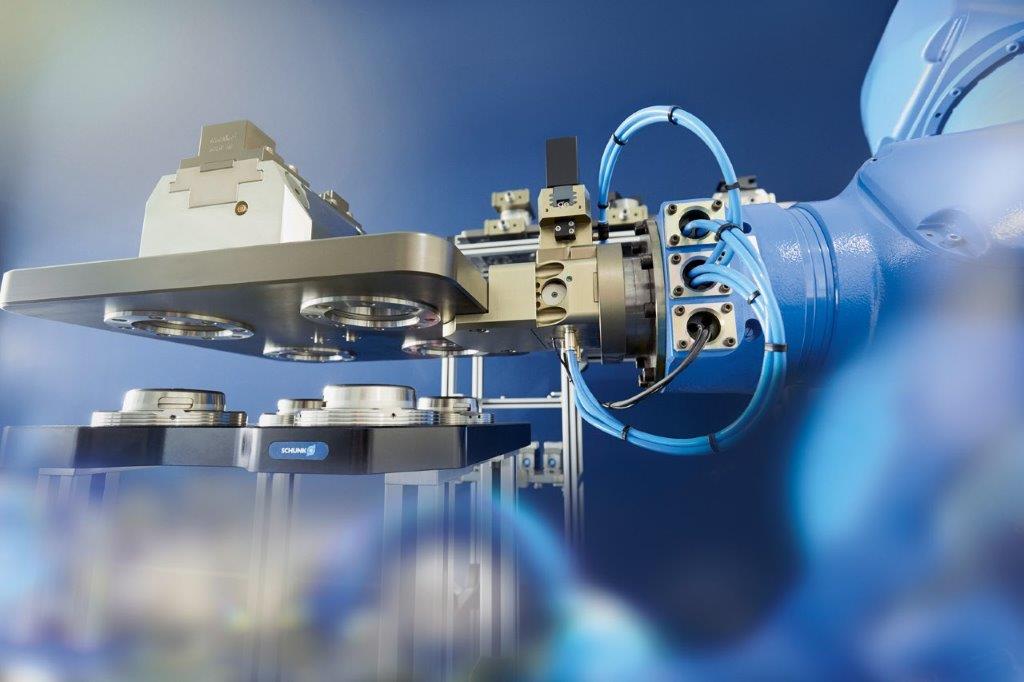DESIGN R&D
Machine design R&D (Research and Development) process refers to the scientific and technical studies for a new machine or improvement of an existing machine. In this process, the design, features, performance and functionality of the machine are studied using engineering principles and innovative thinking.
The machine design R&D process usually includes the following steps:
Needs Analysis: Identifying a specific need for machine design. At this stage, factors such as customer demands, market needs, current technology and competitive analysis are taken into account.
Research: Investigation of new technologies and methods that can be used in the design of the machine. In this step, existing literature, patents, similar projects and innovative solutions are reviewed.

Concept Development: The design team creates different design concepts based on needs analysis and research results. At this stage, alternatives are evaluated in terms of different approaches, structural arrangements, component selections and functionality.
Design Detailing: Detailing the selected design concept. At this stage, using CAD (Computer Aided Design) software, the geometry, dimensions, material selection, connections and other details of the machine parts are determined.
Simulation and Analysis: Evaluation of the performance of the designed machine with simulation and analysis methods. At this stage, the design is evaluated in terms of reliability, durability and functionality by using techniques such as engineering calculations, strength analysis, fluid dynamics analysis.
Prototype Production: Production of a physical prototype of the design. At this stage, the functionality, assembly and performance of the prototype are tested. The design can be revised in line with feedback and improvements.
Production and Tests: Putting the design into mass production and passing the quality control and tests of the produced machines.
